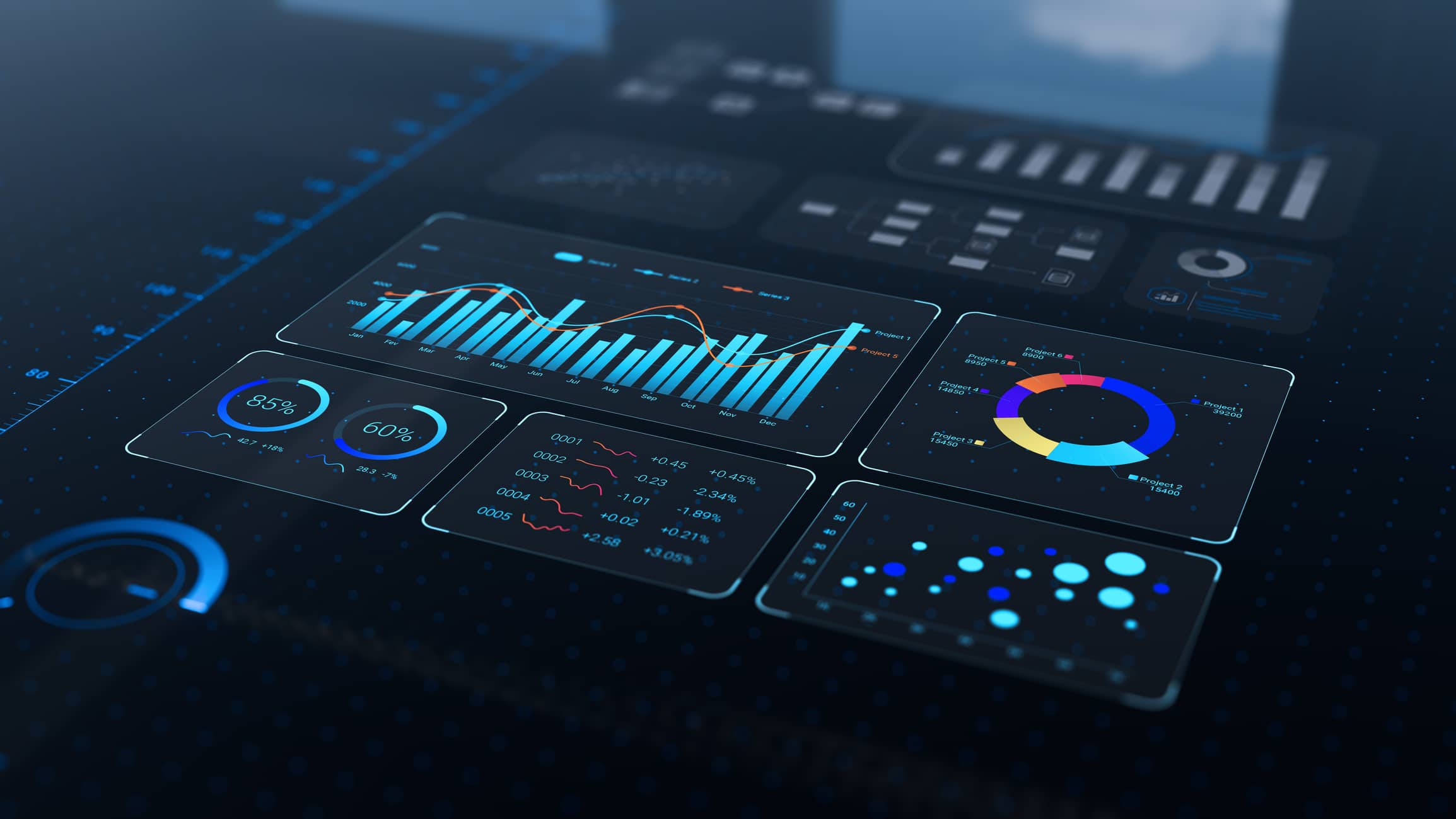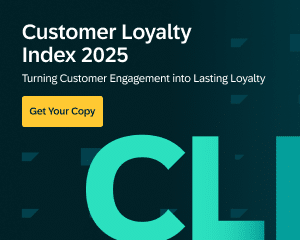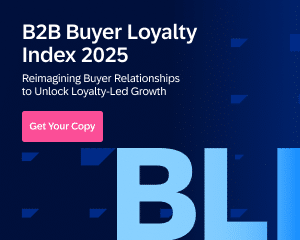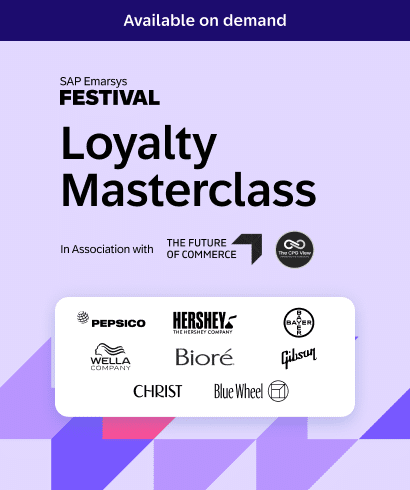What if you could predict next quarter’s campaign performance with 85% accuracy? Or test 100 ad variations in the time it takes to create one? As you read this, your competitors are likely exploring these possibilities—not in some distant future, but right now.
In this article, we’ll explore the current state of AI in marketing, delve into seven practical use cases transforming content creation, and touch on the important ethical considerations that come with leveraging this powerful technology.
The Current State of Play
The state of AI in marketing has reached a transformative stage in 2025, with companies leveraging its power to dramatically enhance efficiency and productivity. According to McKinsey, companies using AI have the opportunity to save 60 to 70% of time employees spend on tasks.
The popularity of this technology is not surprising, as it has the ability to automate routine tasks, allowing marketers to focus on strategic initiatives. For instance, let’s say your content team spends 20 hours crafting a campaign. Meanwhile, your competitor’s AI-augmented team tests 50 variations in 6 hours, identifying the messaging that resonates most with each micro-segment. Which approach will capture more market share?
The combination of human creativity with AI’s analytical precision, isn’t like any old improvement—it’s rapidly becoming the backbone of modern marketing strategy.
7 AI Content Applications to have on Your Marketing Radar
AI is revolutionizing content marketing, making it faster, smarter, and more scalable than ever before. Whether it’s generating personalized copy, optimizing content for different audiences, or automating tedious tasks, AI is freeing up marketers to focus on strategy and creativity.
Here are seven powerful ways businesses are already using AI to enhance their content marketing efforts.
1. Content production: The quantity vs. quality debate is over
“Should we prioritize quantity or quality?” This question becomes obsolete when your AI tools can do both.
Now, your team can generate 200 product descriptions in seconds—each optimized for specific customer segments. Rather than starting from scratch and spending hours on creative brainstorming, your team can put their valuable time towards refining tone and emotional resonance.
The technology opens the door to a range of content applications, from straight content production, to A/B testing, to content consistency efforts based on brand guidelines. Market analysis reveals the immense level of impact generative AI promises. The AI content creation sector is projected to reach $7.9 billion by 2033, growing at 7.7% annually—a clear signal that businesses are embracing this paradigm shift.
2. SEO enhancement: Sifting through the signals
Want to know what’s better than ranking #1 on Google? Ranking #1 for a fraction of your current SEO budget. Companies are embedding SEO throughout their content workflows, ensuring their message resonates with their audience, and they are primed to rank well on Google.
Here are some common SEO applications that companies are already using:
- Analyzing competitor content gaps hourly
- Adjusting meta descriptions based on click-through performance
- Generating topically related content clusters automatically
- Identifying potential companies to connect with in your sector for high-yield link building opportunities
Any SEO expert can tell you about the complex web of factors that goes into intelligent SEO strategies—simultaneously processing thousands of ranking signals, predicting algorithmic shifts, and adapting content strategy in real-time. With thousands of data points to keep track of and analyze, it’s no wonder that the majority of businesses are already using AI for their content marketing and SEO efforts.

3. Content strategy: Predictive analytics
On top of drafting content and optimizing for SEO, AI is also becoming the ultimate campaign strategist. It can identify the optimal channels and timing for your marketing efforts, and by processing complex datasets, AI can pinpoint the perfect moment to reach your audience and the ideal platform to deliver your message.
But the magic doesn’t stop at performance prediction.
Marketers are now making data-driven decisions about where to invest their budgets for maximum ROI. With predictive models that can withstand scrutiny and inspire trust in the boardroom, there’s no more second-guessing or relying on hunches.
4. Performance Marketing: Dynamic ads on steroids
Your creative team produces brilliant work. But what if they could produce brilliant work that automatically adapts to each viewer? And what if they could spot underperforming ads, identify cost-effective keywords, and adjust bids in real-time to optimize your budget for maximum ROI?
The fact is that businesses are already turning these “what if” scenarios into reality. Here are six AI initiatives they’ve put to work:
- Intent data filtering: Forget guesswork. AI crunches billions of signals to give us the real scoop on what our audience wants.
- Hyper-personalization: AI digs deep into customer behavior to serve up messages that make people click.
- Performance optimization: Underperforming ads? AI’s got your back. It spots the duds, suggests new targets, and brings about better conversion rates.
- Creative Variation Development: AI pumps out creative variations faster than you can say “CTR” and tells you which ones are winners.
- Programmatic advertising: Set it and forget it? Not quite, but close. AI handles the nitty-gritty of ad buying and placement in real-time. It’s like having a 24/7 media buyer on your team.
- Predictive analytics: AI looks at your KPIs and user journeys to tweak your targeting for maximum impact. It’s like having a fortune teller for your ROAS.
Finally, your performance marketing team has the tools to meet their targets—without the burn out.

5. Audience segmentation: Going nitty-gritty granular
How granular is your customer segmentation? Let’s say you’re a B2B software business—does your ad platform have the sophistication that allows you to target IT decision-makers who engage with cloud migration content outside of business hours?
AI systems now identify micro-segments you never knew existed—micro-segments that go far beyond traditional demographic categories. For instance, Netflix uses AI to analyze viewing history and preferences, creating highly personalized content recommendations. This level of segmentation allows Netflix to tailor its marketing efforts and content offerings to very specific viewer groups, improving engagement and retention.
By using AI, these are the types of granular insights that your brand could have access to:
- Behavioral Insights: AI analyzes user interactions, such as viewing history, ratings, and browsing patterns, to understand deep-seated preferences.
- Contextual Relevance: The system considers factors like time of day, device used, and content metadata to provide hyper-relevant recommendations.
- Dynamic Adaptation: As users interact more with the platform, the AI continuously refines its understanding, leading to increasingly accurate personalization.
- Predictive Capabilities: By processing vast amounts of data, AI can predict which content will resonate with specific micro-segments, enabling proactive content strategy.
6. Real-time analysis: The right message at the right moment
While traditional analytics might take a coffee break (or three) before delivering insights, real-time analytics never sleeps, allowing businesses to make swift and intelligent decisions to maximize sales.
This practice involves collecting, processing, and analyzing customer data as it happens, providing immediate insights into customer behavior and interactions across various touchpoints.
Many businesses use this to send personalized product recommendations or unique discounts at just the right moment, leveraging psychographics and real-time data. This one-to-one approach means you can create custom messages that truly resonate with your customer, on the exact right channel.
7. Performance measurement and reporting
How quickly can you pivot when a campaign underperforms? With the help of AI, the once onerous task of transforming raw data into valuable insights becomes much speedier. The technology combines advanced data processing techniques, machine learning algorithms, and natural language processing to automate the entire reporting workflow, from data collection to insight generation.
Brands are leveraging AI for:
- Real-time performance monitoring across all channels
- Automatic budget reallocation based on ROI
- Predictive modeling for campaign optimization

AI in Action: Applications from Real Businesses
Generative AI isn’t a futuristic concept. In fact, it’s already changing how brands engage their customers, optimize their marketing spend and personalize experiences at scale. Let’s take a look at two real-world examples of brands using AI to drive smarter, more efficient marketing strategies.
Case study: Brand Alley’s AI-driven churn prevention
Here’s a story that’ll make your CFO smile. Brand Alley, a luxury retailer had a common problem: by the time they spotted customer churn, their marketing budget was already out the door. Enter AI-powered personalization:
- 10% increase in average basket values
- 24% jump in conversions from their “likely to churn” program
- Real-time customer communication that actually makes money instead of just spending it
The Allnatura revolution: Working smarter, not harder
Ever wondered what happens when you combine AI with multilingual marketing? Allnatura, a leading supplier for ecologically and fairly produced home and living articles found out, and the results are transformative:
- Automated content generation across multiple languages (bye-bye, expensive translations)
- Personalized greetings based on customer data
- Dynamic call-to-actions that keep content fresh without keeping marketers up at night








